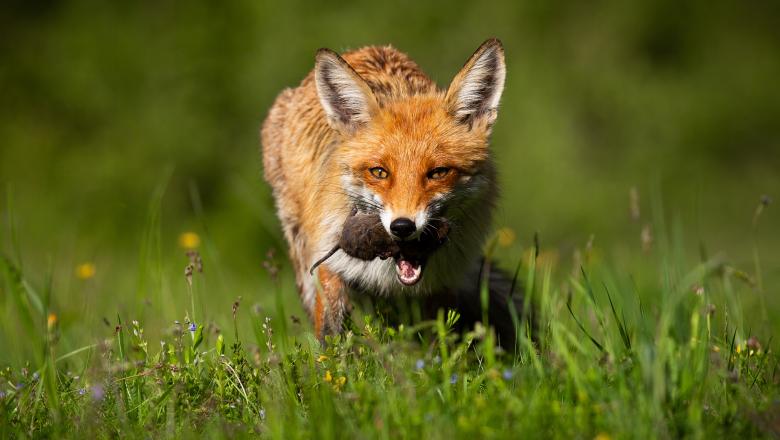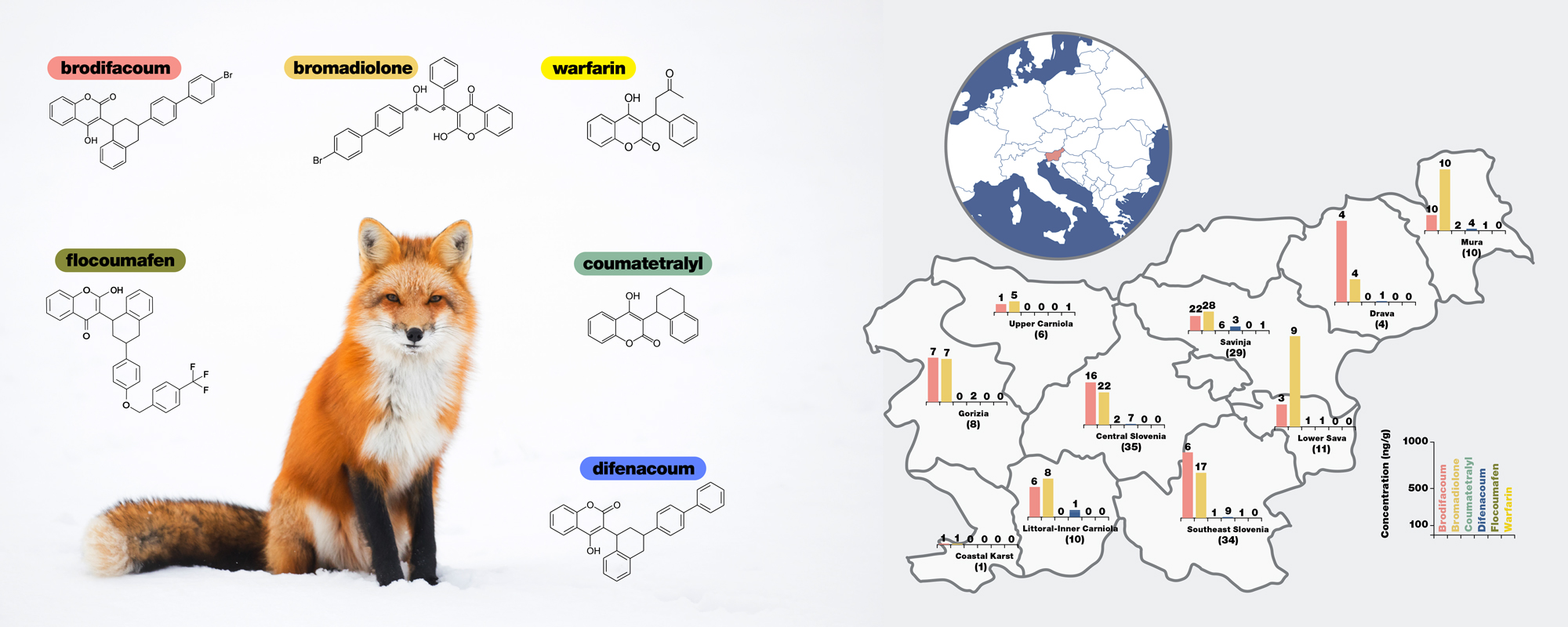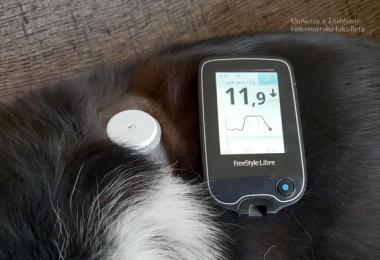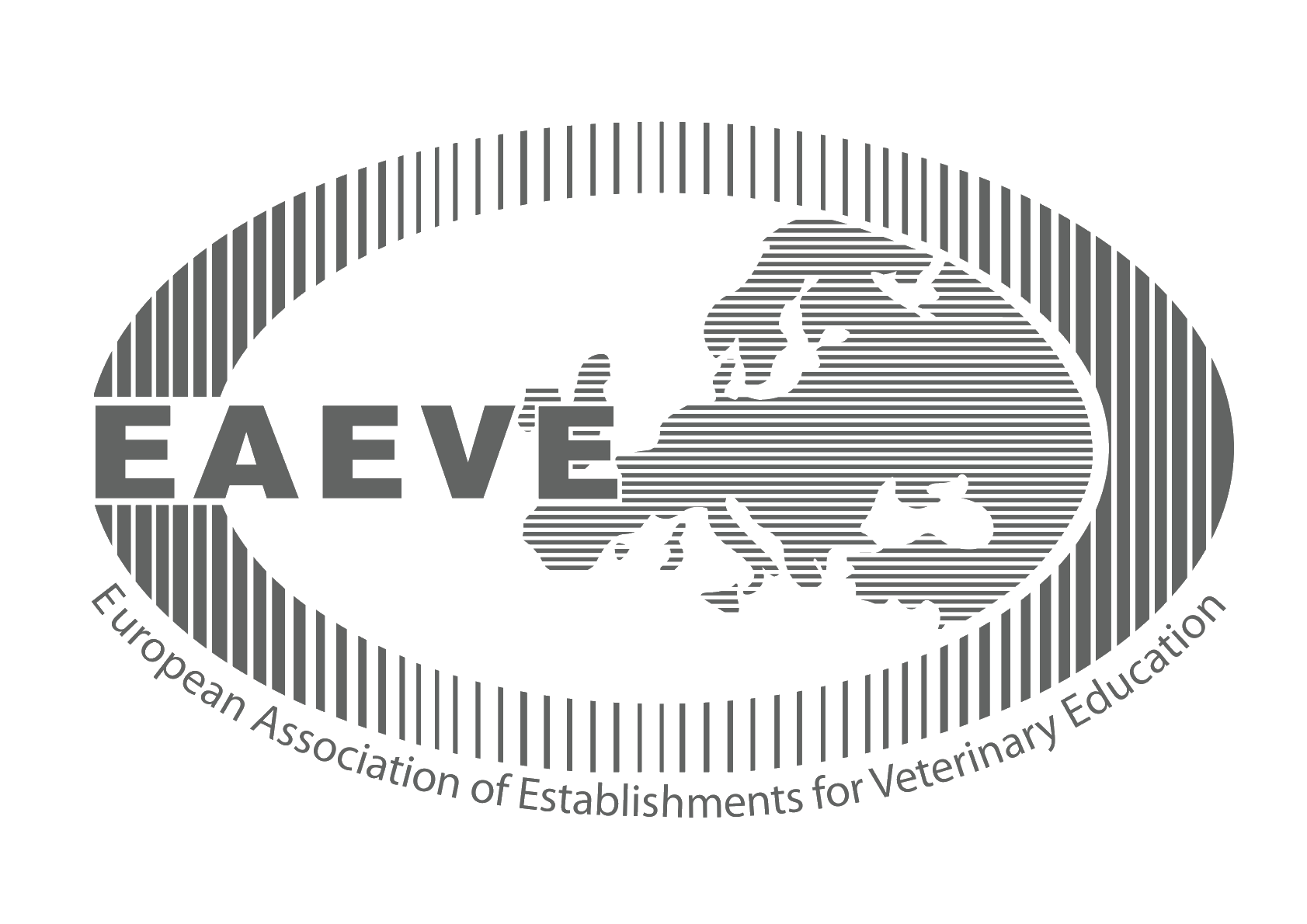Subscribe to our service announcements and helpful tips.
Wild Animals are a Good Indicator of Environmental Pollution

In foxes, we conducted the first study on the occurrence of poisons for rodent control in non-target species in Slovenia and the Western Balkans.
Preserving the environment is one of the fundamental priorities of the European Union. Nature and biodiversity have been protected for many years by several laws that are now integrated into the broader framework of the European Green Deal, which is one of the six overarching priorities of the European Commission for the period 2019‒2024. Interest in environmental research is high in Europe and worldwide, which also offers great opportunities for veterinary medicine to contribute to these efforts.
Wild animals are a good bioindicator of environmental pollution that affect the entire ecosystem. For this reason, we have started research at the Veterinary Faculty to determine the presence of environmental pollutants in representative animal species in Slovenia and to assess their toxic effects in order to make a holistic assessment of the risk of poisoning.

In foxes (Vulpes vulpes), we conducted the first study on the occurrence of poisons for rodent control in non-target species in Slovenia and the Western Balkans. In the liver, we found statistically higher concentrations of rodenticide pesticide residues with anticoagulant effects than in comparable studies in Europe and the world, which revealed and drew attention to a significant environmental problem of secondary poisoning in our country and region. The research results are related to the results of a survey of disinfection, disinsection and pest control (DDD) operators, which showed that the use of increasingly toxic second-generation rodenticides is increasing, mainly due to the increasing resistance of rodents to these less toxic and more commonly used substances in the past. We have linked the detected concentrations of rodenticides to regional and local urbanization and agronomic factors. The research results will contribute to knowledge about the protection of European ecosystems, as wildlife is not limited by national borders.
Article link in the journal Science of the Total Environment: https://doi.org/10.1016/j.scitotenv.2024.170400
Authors: Vesna Cerkvenik-Flajs, Detlef Schenke, Diana Žele-Vengušt, Simona Korenjak-Černe, Anton Perpar, and Gorazd Vengušt
Participating institutions:
- University of Ljubljana, Veterinary Faculty, Slovenia
- Julius Kühn Institute (JKI) – Federal Research Centre for Cultivated Plants, Berlin, Germany
- University of Ljubljana, School of Economics and Business, Slovenia
- University of Ljubljana, Biotechnical Faculty, Slovenia
- Institute of Mathematics, Physics and Mechanics, Ljubljana, Slovenia.
Location
Gerbičeva 60
SI-1000 Ljubljana
Slovenija
Sample Reception
Samples are received at several locations throughout Slovenia. See where.
The veterinarian on duty
Emergency veterinary assistance for dogs and cats and a telephone number of constant readiness.
Library
A wide selection of domestic and foreign professional literature in the field of veterinary medicine and other sciences.
Main navigation
-
Education
- Informativni dan
- Why to become a veterinarian?
- Undergraduate Studies
- Postgraduate studies
- Pripravništvo
- Summer Schools
- Continuous education
- Professional Development
- International Activity
- Mednarodna dejavnost - Tuji študentje
- The Path to Creative Knowledge
- Tutoring
- Extracurricular Activities
- Career Centres
- Alumni
- Student organizations and societies
- Quality Assurance
- Clinics
- Diagnostics
- Dobrobit
- NVI
- Research
- About us
- Hub







